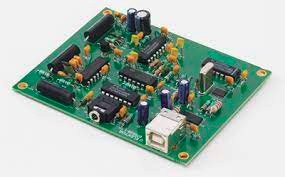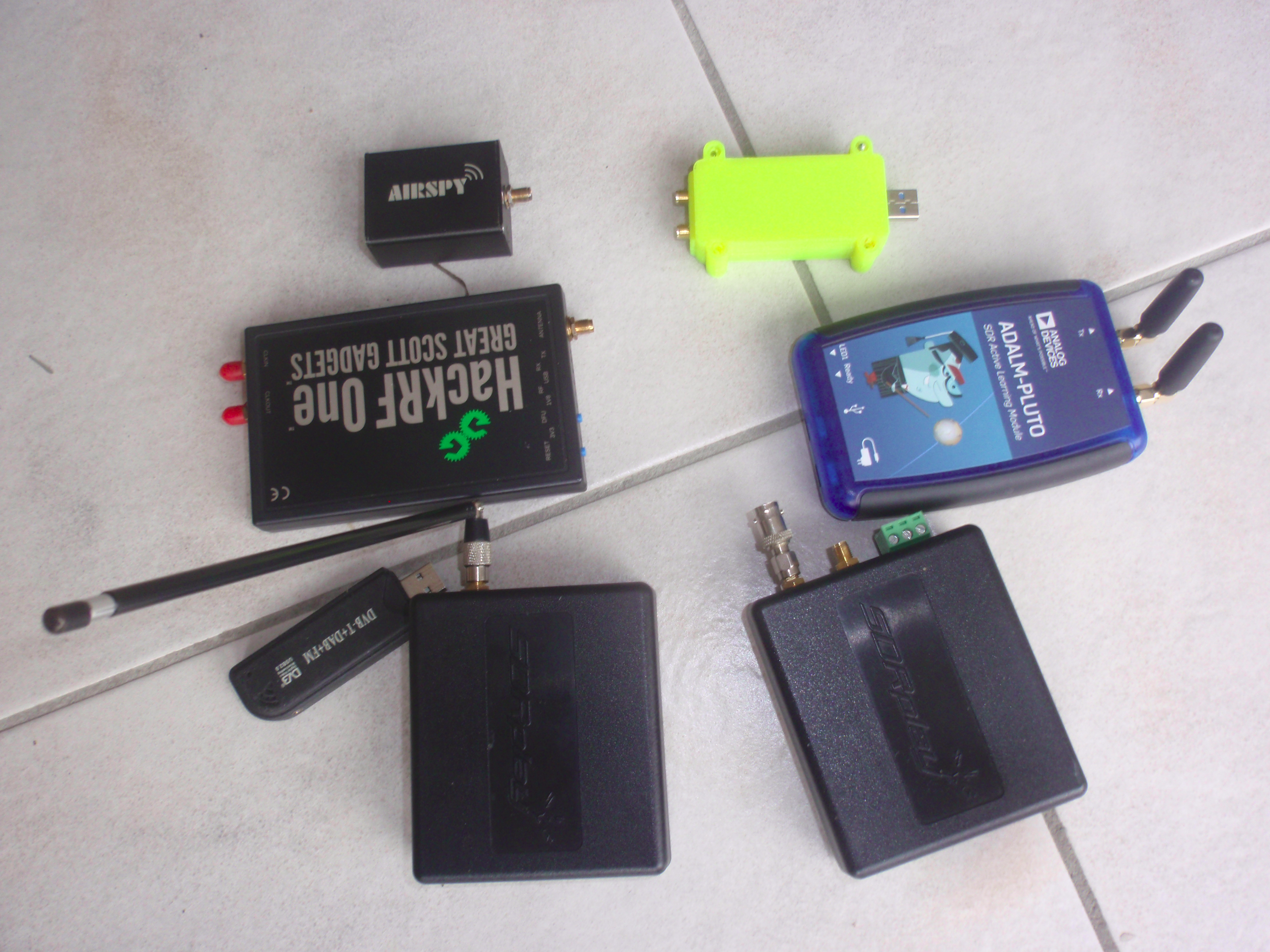
About a decade ago, SDR devices where merely programmable tuners, i.e. tuners with an analog output signal, a signal that could be fed into the soundcard of the computer. One of the examples - my first SDR device - the print from Elektor. No preselection, frequency range 0 .. 30 MHz and analog output, AD conversion by the soundcard, but lots of fun.

For very long waves (i.e. in tens of KHz), an antenna in the input plug of the sound card of the computer might do (although it is adviced to decouple the antenna from the computer by using some transformer).
With the soundcard based systems, limitation is obviously the bandwidth of the soundcard. Most on-board soundcards where either mono, or limited to 96000 samples per second. While sufficient for e.g. AM, and even DRM, for e.g. FM one needs a bandwidth of at least 192K, not often available on an average laptop. Of course a separate audio interface is possible, but for bandwidths of 2 MHz or more ....
Last 5 to 10 years there is a huge amount of more advanced SDR devices on the market, devices with large bandwidths, high samplerates and enormous tuning ranges. Most devices now support a (selectable) bandwidth in the MHz, and a tuning range to 2 .. 6 GHz.
Examples of devices are shown in the picture below (there are many others, but these are just the devices I have)
Top right, a LimeSDR in a yellow enclosure, with a receiver from 10 MHz to up to 3.5 GHz, and programmable samplerate. The limeSDR has next to being a receiver, a transmit option;
the Adalm Pluto device, an SDR with a receiver range from app 70 Mhz to up to 3.8 GHz, and a samplerate of up from app 2.1 MHz. The Pluto can simultaneously transmit and receive. The Qt-DAB program - if so configured - is able to receive with the Pluto and transmit the audio from a selected service - augmented with the dynamic label text as RDS - as stereo FM on a user selected frequency;
two SDRplay RSP devices, the RSP Ia and RSP II, with a frequency range from a few KHz to 2 GHz and 14 bits samples;
The almost classic RTLSDR DAB stick, this one with an RT820 tuner. Of course, the device is less sensitive than others, output samples are just 8 bits wide, and the oscillator offset is larger than that of the other devices;
the HackRF One, a device with a receiver from 1 MHz to 6 GHz, i.e. also covering most of the lower frequency bands. The output samples are limited to 8 bits, but the oscillator is stable and the frequency offset small. As with the limeSDR, the HackRF has next to being a receiver, a transmit option.
the Airspy (old model), a receiver with a range from 24 MHz to 1700 MHz, and a samplerate of 2.5 or 10 MHz.
Of course, this kind of SDR devices can be used for more than just DAB decoding, I use them for e.g. receiving - and decoding - SW signals, ADB-b signals and FM, others use them for decoding GSM and WiFi signals.
Differences between the devices are - apart from the frequency range, the number of samples sent to the output, and the availability of band filters in the device. For amateur modes such as psk or cw a band filter of a few tens of Hz is needed, for AM and DRM a band filter if 9 or 10 Khz is needed. The FM receiver, mentioned earlier, has a software bandfilter which can be set to values varying from a few KHz (not very good for FM reception though) to 192 KHz.
Even for DAB, band filtering is often required as subsequent DAB channels differ only 1.7 Mhz (with a samplerate of 2048000 samples/second). Not all devices provide sufficient built-in bandfiltering, in which case the software has to do the job. Several device interfaces as implemented in Qt-DAB provide filter options.
